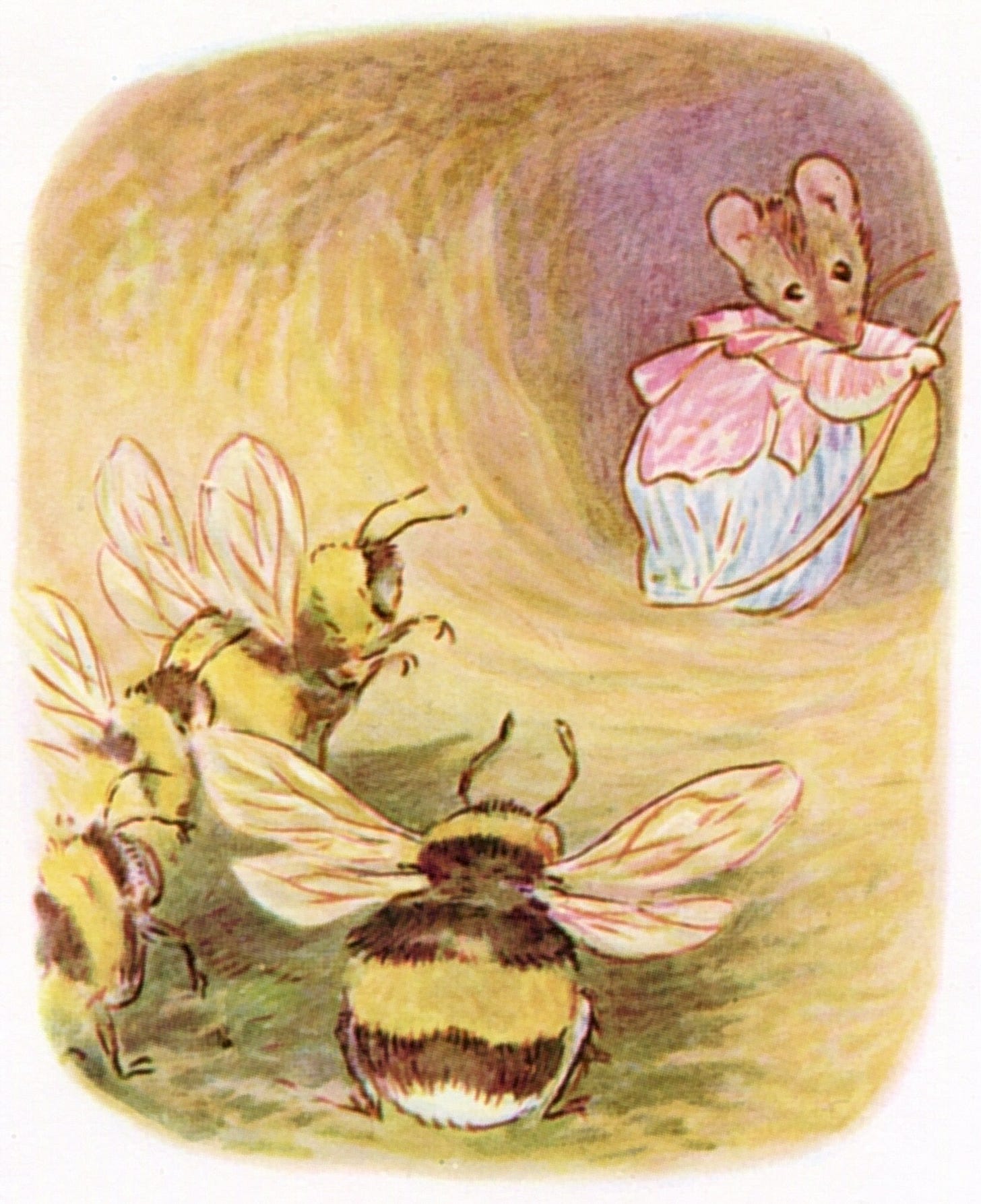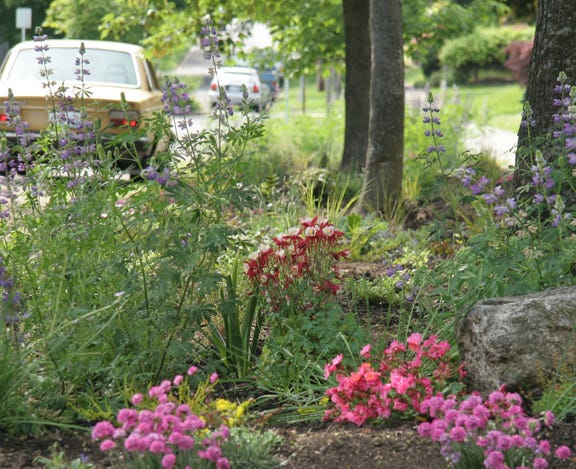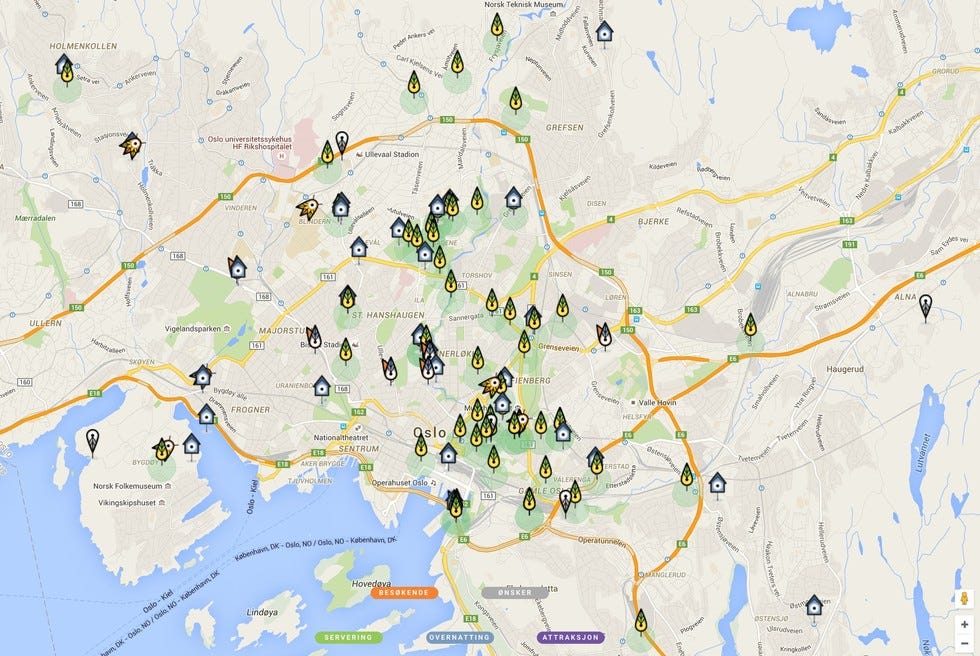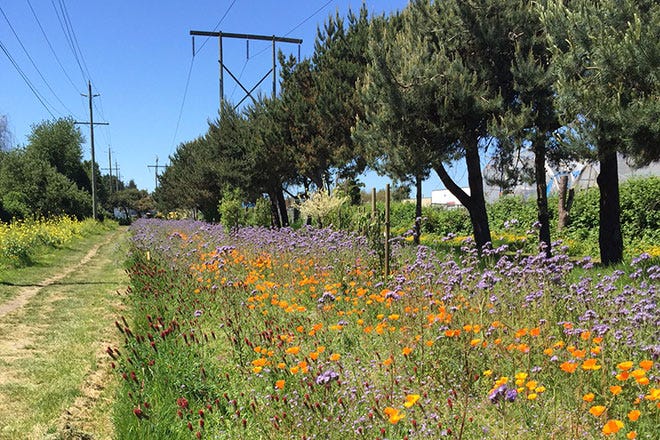Pollinators, like people, need food and drink and a safe place to live.
As most bees and birds fall short of the $1,000+ per month to rent an apartment in the city, they make do with holes in the ground or in stems and logs. But these are often found in less “maintained” areas in cities, which is why parks, ravines, and infrequently mowed meadows are so important.
OK, so by living in a hole in the ground you’ve just saved ten Ben Franklins - basement apartment dwellers take note! But the average bee or butterfly can’t afford a loonie for a sugary drink, so they make do with nectar and pollen from flowers. They need lots of these close to where they live because they are “central place foragers” - in other words they fly out to get food and then fly it back to the nest for feeding the young’uns. Honeybees and bumblebees and hummingbirds are champs at this - they can find natural supermarkets within a few miles of the nest. But for the many species of smaller pollinators, they just don’t have the mileage to do this, unless there is a fairly continuous string of good patches of flowers near to each other - in other words, a corridor.

Beatrix Potter called this robust bee “Babbity Bumble”. I think she’s a Queen of a bee.
Pollinators need to disperse along corridors when they first start hunting for a nest site. Most species don’t use the same nest every year, and even if they do, in cities it might get paved or bulldozed. Survival means sending the next generation out in all directions. Surprisingly, even strong fliers like bumblebees need help when they disperse in the spring. A recent study found that an English queen bumblebee only flies for a few seconds to a minute or so when she first emerges in spring. She then hides under loose leaves until she gathers the energy to fly again. New bumblebee queens will be out and about in the landscape now that spring is here - watch out for them, and leave a few old leaves under a shrub or by a fence…
Many of us do our parts by planting pollinator gardens with flowers that cover a long season of bloom. Now the City of Toronto has started encouraging us to link these up into pollinator corridors. The new city Pollinator Protection Policy has been matched up with a grant program to help neighborhood groups create corridors. This is being encouraged at the city and regional level too, where projects like The Meadowway are creating long stretches of pollinator habitat in existing corridors under power lines or along ravines or railway lines.
Of course we Torontonians are just part of a world-wide movement. Artist and designer Sarah Bergman helped create the Pollinator Pathway in Seattle in 2012. Read this nice article in The Atlantic about Bergman’s efforts.

photo: J from Seattle; “in the pollinator pathway”. CC ASA 2.0
Oslo Norway has been in the game for several years now.

Oslo’s bee highway has many locations.
Nearer to home the Hamilton Pollinator Paradise is a collaboration between local non-profit Environment Hamilton, the Hamilton Naturalists’ Club, and local gardeners. And if you’re in Beautiful British Columbia, BC Hydro is offering to help you establish pollinator corridors under its power lines.

the Pollinator Pasture under power lines at Bridgeport Industrial Park, Richmond BC
So, look for people and organizations building pollinator corridors in your area. It’s a great way to pull together and beautify a community while having fun!


